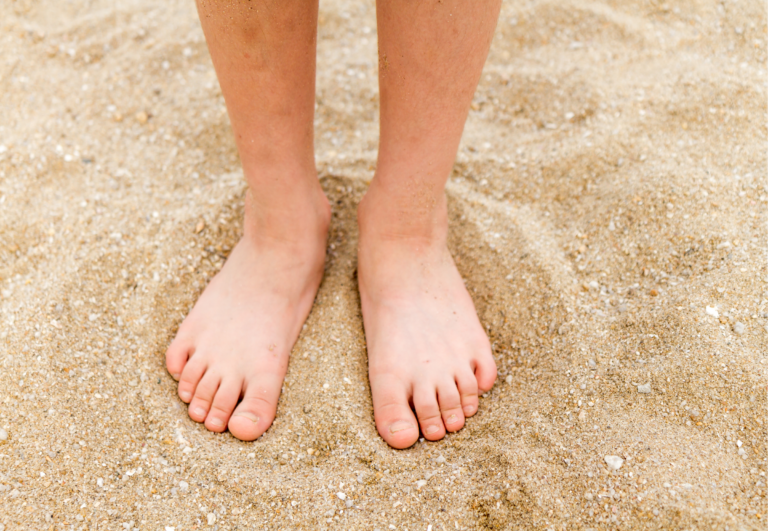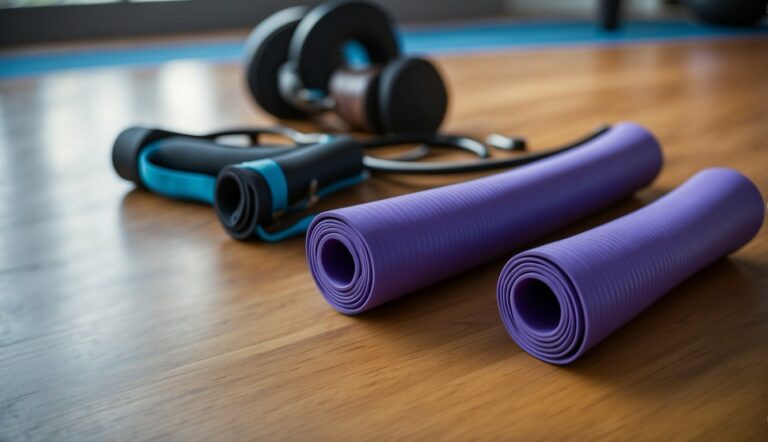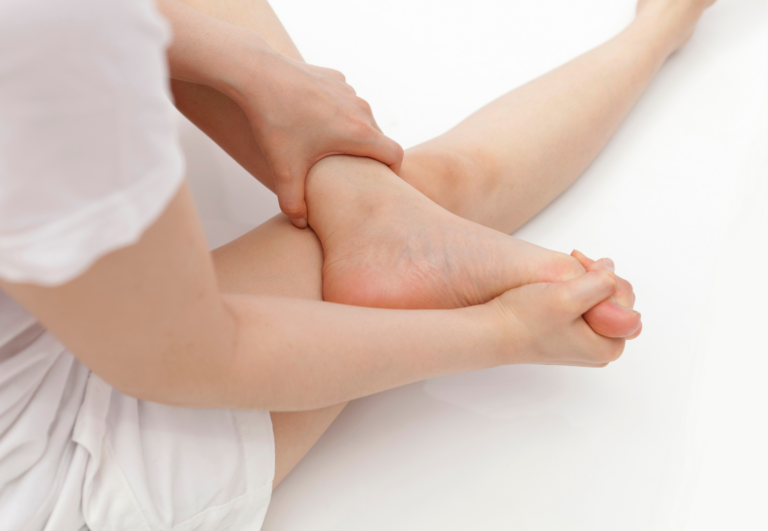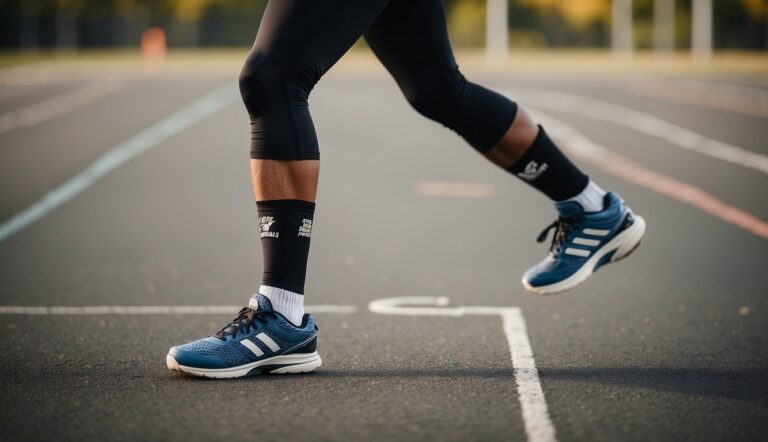How Toe Spacers Can Correct Bunions: Exploring the Potential Benefits
Bunions, those bony bumps that form at the base of the big toe, can be more than just a cosmetic concern—they often lead to discomfort and foot pain. From my experience with toe spacers, I’ve found that these simple devices can offer significant relief by addressing the root of the problem. Toe spacers work by gently pushing the toes back into their natural alignment, thus reducing the pressure on the big toe joint that contributes to bunion formation.
While toe spacers are not a cure for bunions, they can alleviate some of the discomfort associated with them. By creating space between the toes, these spacers can prevent the toes from rubbing against each other, minimizing pain and irritation. For individuals who spend a lot of time on their feet or who frequently wear tight, constricting shoes, toe spacers can be a source of comfort, helping to distribute weight more evenly across the foot.
Keep in mind, the use of toe spacers should be considered part of a broader approach to foot health. Wearing proper footwear that accommodates the natural shape of your feet is crucial, and consistent use of toe spacers can potentially slow the progression of bunions. For those seeking a non-surgical option to manage bunion discomfort, integrating toe spacers into your daily routine may be beneficial. However, always consult with a healthcare professional before starting any new treatment for bunions.
What Are Bunions?
Bunions, often known as “hallux valgus,” are more than just a bump on the side of your foot; they represent a significant and complex foot deformity involving the big toe. The key points to keep in mind about bunions are their causes, symptoms, and the diagnosis process.
Causes of Bunions
- Genetics: A primary factor in the development of bunions is genetics. If your family members have bunions, you may be more prone to developing them.
- Footwear: Wearing tight, narrow, or high-heeled shoes can contribute to the formation of bunions. These types of shoes put extra pressure on the front of the foot and can cause the alignment of the bones to change over time.
Symptoms and Diagnosis
- Visible Bump: The most apparent symptom of a bunion is a bony bump protruding from the base of the big toe on the inside of the foot.
- Pain and Discomfort: As the condition develops, pain, redness, and swelling often occur in the affected area.
- Consultation with Professionals: A diagnosis is typically confirmed through a physical examination and an X-ray to evaluate the extent of the deformity.
By understanding bunions thoroughly, you can better appreciate the potential role toe spacers may play in managing this condition.
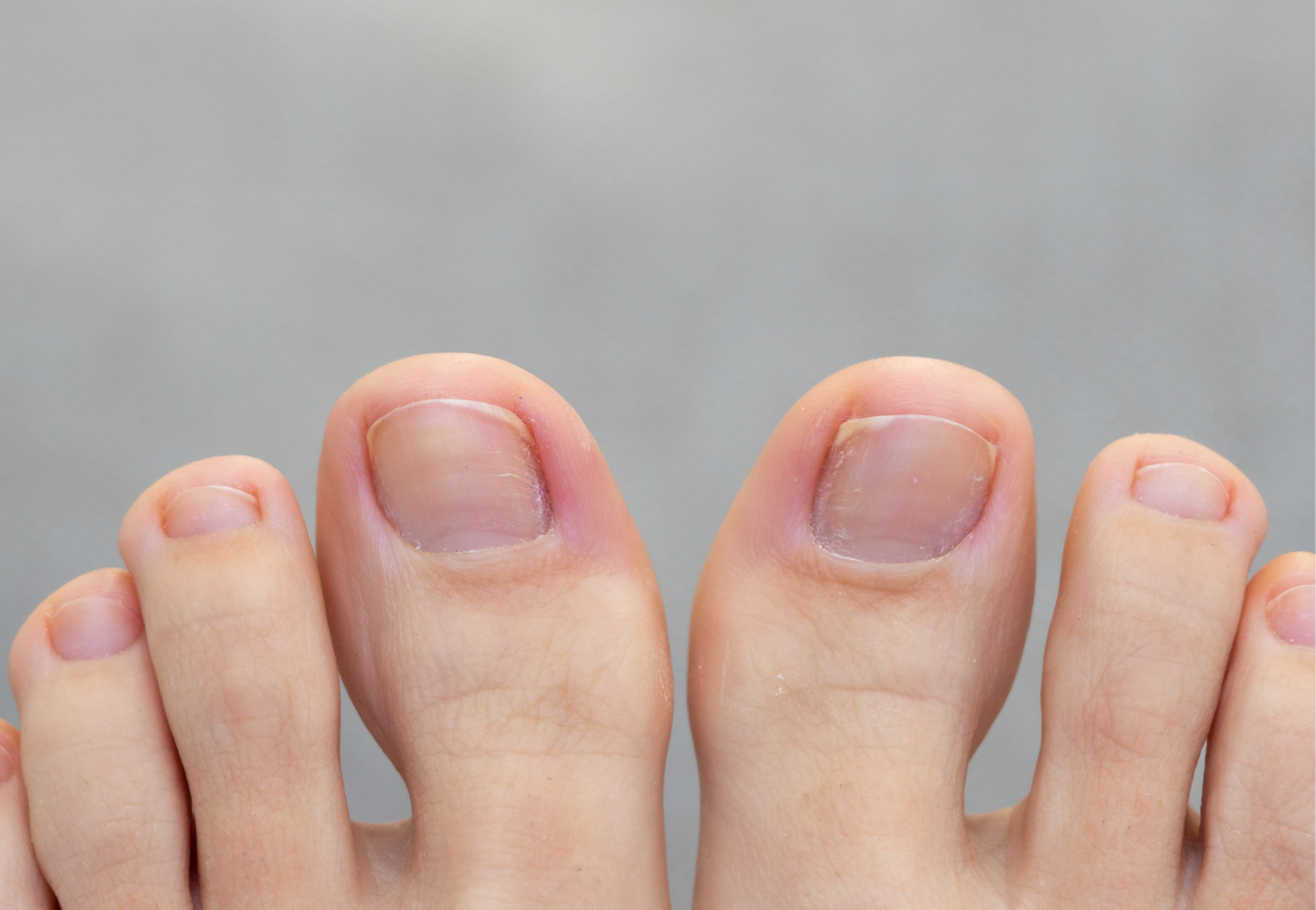
Toe Spacers as a Non-Surgical Intervention for Bunions
Toe spacers, often referred to as toe separators, offer a non-surgical method for addressing bunions. These devices can provide pain relief and assist in realigning the toes to their natural positions.
Benefits of Toe Spacers
Toe spacers come in various materials, such as gel or silicone, known for their comfort and adaptability to the foot’s shape. Here is a brief list of benefits they provide:
- Pain Relief: By separating the toes and reducing the pressure on the joints, toe spacers can alleviate discomfort caused by bunions.
- Realigning Toes: Consistent use may aid in the realignment of toe positioning, potentially slowing bunion progression.
- Increased Mobility: With reduced discomfort, users of toe spacers may experience an improvement in foot mobility.
Types of Toe Spacers
Toe spacers are available in different forms:
- Gel Toe Spacers: These offer a soft, comfortable fit and adapt well to the contours of the feet.
- Silicone Toe Separators: Known for their durability and firm support, they maintain their shape over time.
- Bunion Correctors: These are specialized toe spacers designed to address the bunion directly, often including cushions for extra protection.
When selecting toe spacers, it’s important to consider the specific needs of your feet to find the most suitable type.
Proper Usage of Toe Spacers
Finding the right fit and incorporating toe spacers into your daily routine are critical steps for them to aid in bunion correction. These devices can help stretch and align the muscles, ligaments, and tendons of the foot, which may contribute to a reduction in bunion discomfort.
Fitting and Selection Tips
When choosing toe spacers, it’s essential to consider both size and material to ensure comfort and effectiveness. Select a toe spacer that fits snugly without causing excessive pressure. Here are specific tips for finding the right fit:
- Measure Your Foot: Ensure the toe spacer fits the width of your foot, neither too tight nor loose.
- Material Check: Look for soft, flexible materials that mimic the feel of Yoga Toes to maintain comfort during extended wear.
- Footwear Compatibility: Confirm that your toe spacers can be worn with your regular footwear to avoid any constraint on the toes.
Daily Routines with Toe Spacers
Integrating toe spacers into your daily activities can maximize their benefits. Here are ways to incorporate them:
- Morning Stretch: Begin your day with a 5-10 minute toe stretching session while wearing spacers.
- During Activities: Wear toe spacers as you engage in light activities around the house or during seated tasks.
- Orthotic Integration: Pair toe spacers with orthotics if recommended by foot care professionals.
- Evening Routine: End your day with another toe spacer session to relax foot muscles before bed.
Remember, consistency is key. Daily use can help in the realignment of the foot structure, potentially providing relief from bunion-related discomfort.
Physical Therapy and Exercises
Toe spacers are valuable tools in managing bunions, and when combined with exercises, they can contribute significantly to foot strength and balance improvement. Here’s how you can integrate them with physical therapy exercises for potentially better outcomes.
Strengthening Exercises
Exercises aimed at bolstering foot strength are fundamental for addressing bunions. When I use toe spacers, I perform exercises like toe curls and marble pickups to enhance the muscles around my feet. This is how I do it:
- Toe Curls: Place a towel on the floor, and while seated, try to grab it with your toes and pull it toward you. This can help strengthen the ligaments in your feet.
- Marble Pickups: Scatter a few marbles on the ground. Use your toes to pick them up one by one and place them into a bowl. This boosts dexterity and muscle strength in the toes.
Stretching the Toes
Stretching the toes is about increasing mobility and promoting a healthy range of motion, crucial for recovery and maintaining balance.
- Big Toe Stretch: With spacers in place, gently pull your big toe into correct alignment and hold for a few seconds to improve mobility.
- Toe Splay: Spread your toes apart as wide as possible, hold the position, and then relax. Repeat this to promote better toe alignment and spacing.
It’s through regular repetition of these exercises that I’ve noticed improvement in my own toe mobility and a reduction in bunion discomfort.
Long-Term Management
In the context of bunions, long-term management typically involves steps that individuals can take to relieve discomfort and potentially slow the progression of the condition. Consistent use of toe spacers, alongside lifestyle and footwear adjustments, can form the backbone of a conservative treatment strategy.
Lifestyle and Footwear Adjustments
- Footwear: Choosing the right footwear is crucial. Shoes should have a wide toe box, low heels, and offer good arch support. This can reduce the pressure on the bunion and provide comfort.
- Orthotics and Insoles: Custom orthotics or over-the-counter insoles can help by distributing pressure more evenly across the foot, catering to an individual’s foot type. This can be particularly helpful for those with flat feet or high arches.
Monitoring and Professional Care
- Regular Check-Ups: I recommend regular visits to a podiatrist to monitor the bunion’s progression. A professional can assess the effectiveness of the toe spacers and make additional recommendations.
- Surgery Consideration: If conservative treatments are not providing sufficient relief, and if the bunion interferes with daily activities, I advise discussing surgical options with a healthcare provider. Surgery, however, is often considered a last resort.
Managing bunions holistically involves a combination of these approaches, tailored to one’s specific circumstances and needs.
